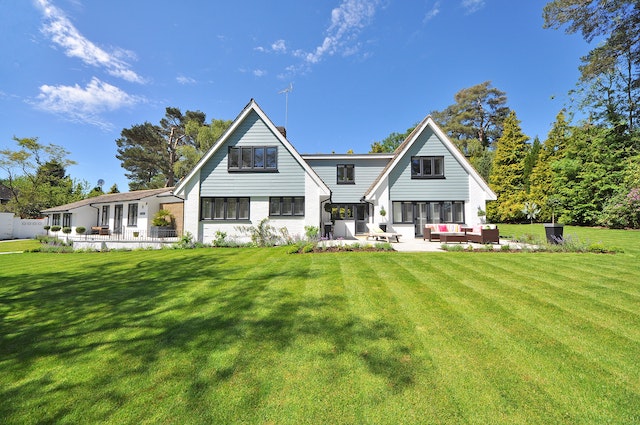You can do it yourself if you’re tired of paying a professional to fix your yard drainage problems! A few tips include aerating your property. This easy-yard drainage solution will break up compacted soil and add more nutrients to the ground. It will also prevent water from pooling and causing erosion. This will allow excess water to drain away into tiny holes.
Landscape Drainage
There are several simple DIY yard drainage solutions St Louis MO you can try. For example, you can install a downspout extension and ensure it points toward a safe drainage source. Alternatively, you can install a rain garden, a natural way to catch runoff and promote lush plant growth. Another way to solve drainage problems is to dig a long, shallow trench and fill it with soil to divert water away from your property.
There are many reasons why you may experience drainage problems in your yard. You may have a swimming pool, a home extension, or an unprotected slope. In other cases, you may find the groundwater level too high, or the guttering on your house needs to be connected to a drainage system. If you are still trying to figure out the best way to solve yard drainage problems, you should contact an expert in the field.
French Drains
Using a French drain system is an effective way to divert runoff water and make the yard more usable. The first step in installing one is digging a trench to the depth required. This is the most time-consuming part of the process, and you must be careful to maintain utility lines. The trench should be at least six inches deep, with a slope of at least 1%. Next, fill the trench with a coarse drainage grave or sod, so it is level with the surrounding sod.
Before you begin installing a French drain, it is essential to contact your local government office or board of officials to obtain approval for the project. Many cities and counties have specific regulations governing excavation and development, and even simple projects can require complicated sign-offs from different government bodies. You must also check with your neighbors to determine if your plan will cause any problems for them. They may sue you for damages if you accidentally run water onto their land. Also, if you install a French drain, choosing a location that is not adjacent to any buildings or structures is imperative.
Channel Drains
Channel drains are a great DIY yard drainage solution and can help prevent flooding and soil erosion. They are also easy to install and maintain. Before you use one, however, you need to know a few things. For example, you should check the drain’s flow rate to ensure it can remove water. Another factor to consider is the width of the slot. Channel drains with a 1/2-inch slot can remove about 11 gallons per minute.
Channel drains can be installed in an asphalt or concrete driveway. These are ideal if your driveway sends rainwater in the wrong direction. To install one, you must cut a small trench into your driveway. Next, insert the drain into the trench and ensure it is flush with the rest of the driveway.
Dry Wells
There are many ways to address drainage problems in your yard. One of the easiest is to use a dry well. Dry wells collect excess runoff and direct it away from your home. To use one, dig a hole large enough to hold water for about 10 to 15 minutes during a heavy rainstorm.
Another way to address yard drainage is by extending the downspout away from your home. This way, the rainwater will flow away from your house instead of into the yard and create a basin. In addition, try removing decorative rocks or stones that may create a drainage barrier.
Another option is to install a French drain. These solutions are inexpensive and very effective at handling surface water. It would help if you dug a deep trench in the ground, then added gravel or absorbent materials to surround the pipe. Once the pipe is in place, the water will flow through the pipe and be carried away. In addition to these DIY yard drainage solutions, you can hire a professional drainage company to install a more complex drainage system.
Downspout Extension
A downspout extension is an important part of any yard drainage system. It helps direct water away from your foundation and keeps puddles from forming in your yard. There are many different types of extensions available, including underground ones. You should choose the type of downspout extension that best suits your needs.
There are two types of downspout extensions, including the traditional aluminum ones and the more affordable plastic ones. A downspout extension with a buried downspout should be at least eight feet long, and this will help keep rainwater away from your home’s foundation. Regardless of the type of downspout extension you choose, call 811 to identify underground utilities before installing one.
One of the most critical steps in installing a downspout extension is determining the slope’s steepness. It should slope away from your house, toward the drainage area, at a slope of at least one percent. To measure the slope of your downspout extension, use a level and measure from the top of the trench.

